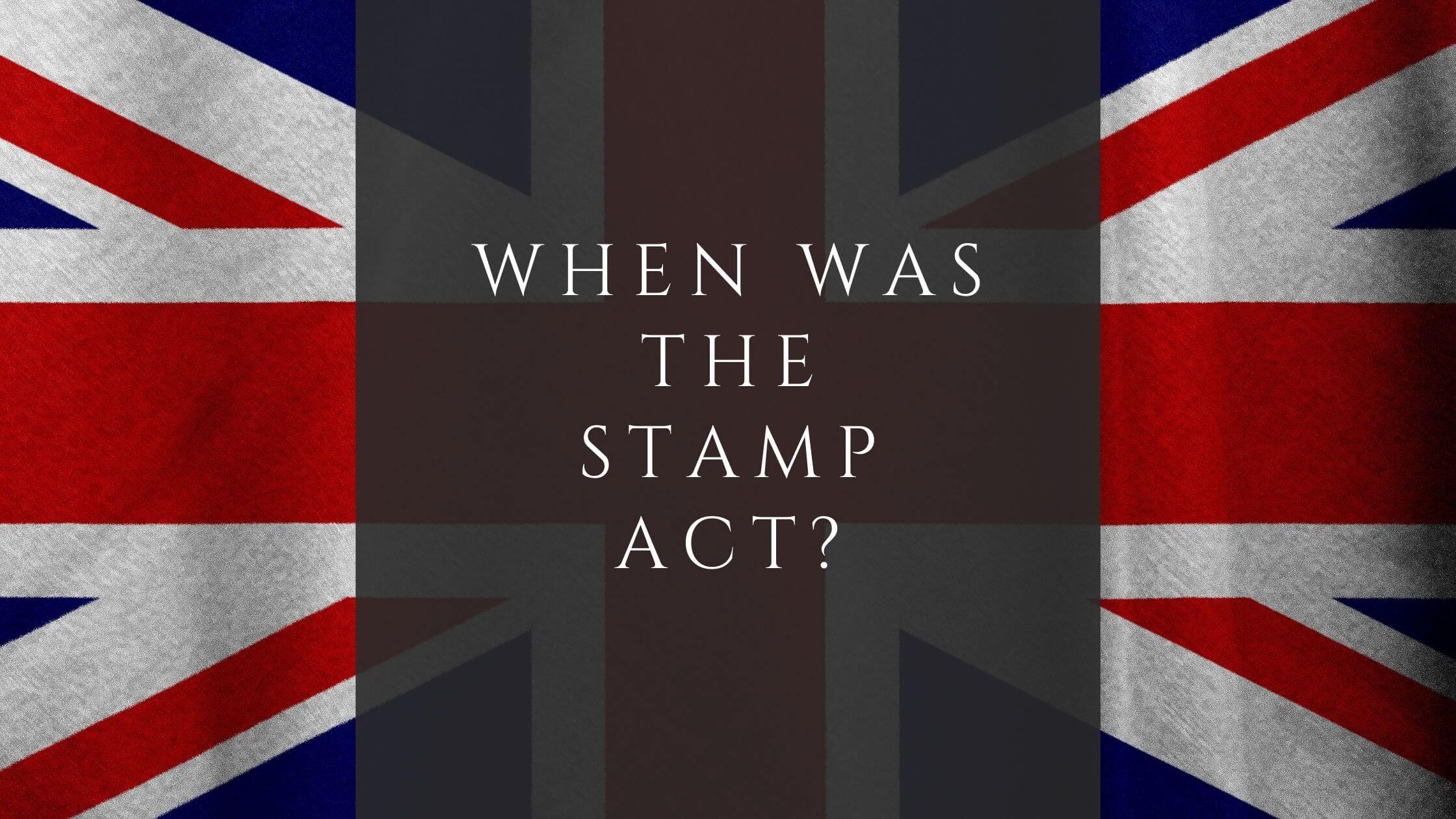Table of Contents
ToggleTaxing the Colonies
The British Parliament enacted the Stamp Act in 1765, whereby the British colonies of America were required to pay tax for printed materials. The materials were printed in London and stamped with a British revenue stamp. These printed materials included the likes of court reports, wills, newspapers, magazines, and decks of cards.
The British government enforced the act just after the Seven Years’ War. Great Britain accrued a massive debt which they attempted to recoup through taxation of their North American colonies.

The tax law was also put in place to help fund the British army, which was based in American colonies following the French and Indian War. However, the colonists objected that they didn’t anticipate any threat coming from the French and had already paid their dues in relation to war costs. They deemed the act unfair and argued that it was akin to treating them like slaves.

Get Smarter on US News, History, and the Constitution
Join the thousands of fellow patriots who rely on our 5-minute newsletter to stay informed on the key events and trends that shaped our nation's past and continue to shape its present.
The American colonists didn’t welcome the Stamp Act by any means. ““Taxation without representation” was their war cry, proclaiming that they were being unlawfully taxed. They stood against Parliament and declared that it should only be their own country that should be able to impose tax laws upon them.
In New York, protests and petitions were carried out in full force. This would be the first joint action between the colonists in their coming together against the unjust acts being imposed upon them by the British Parliament. When the Stamp Act was effected on 22 March 1765, American colonists engaged in acts of violence and aggression to overturn it. They proceeded to riot and break into the homes of tax collectors, which resulted in the Stamp Act being revoked the following year, in 1766.
The Enactment of the Stamp Act
The British Parliament introduced the Stamp Act two years after the Seven Years’ War, also known as the French and Indian War, ended in 1763. Although Great Britain had won the war, its victory came at a huge financial cost.

The Pontiac’s War followed and resulted in a Royal Proclamation in 1763, where British troops were sent to the American colonies to prevent further conflict from breaking out between the colonists and Native Americans. 10,000 soldiers made their way. The Stamp Act was put in place to cover financial costs in the aftermath and keep the soldiers in the American colonies to prevent fighting and chaos.
When George Grenville became Prime Minister in April 1763, he had to figure out how to fund his overseas army. Tax duties placed on trade items being exported from Britain were normal practice for quite some time. However, laws were starting to become relaxed during the 18th century. The Sugar Act, for example, was introduced in 1764 to impose new laws on sugar and molasses. It didn’t take long then for the Stamp Act to make its way into Parliament, and it was approved the next year, in 1765.
The difference between the Stamp Act and other acts placed on the colonists is that it involved direct taxation measures, whilst other acts involved taxing traded goods and commodities. However, the Stamp Act required that all printed documents from 1765 include a British revenue stamp, and tax would be taken in exchange for the stamp. The printed items included legal documents, magazines, newspapers, leaflets, advertising material, etc.
The Rise Against the Stamp Act
At a time of financial difficulty, the Stamp Act caused a lot of conflict, and many opposed it. So, they took their stand in protest against the British government.

Some colonists believed there to be an ulterior motive behind the introduction of the Stamp Act. They suggested that the British government had planned to reduce them to the status of slaves, and the act was a method of control that would rid them of their rights and freedom. They questioned why the British sent their troops into North America even though the war with the French was over and there was no prospect of an invasion by the French. Since they felt secure, they wondered if this was part of a broader scheme and helped fuel their rebellion against Great Britain.
The British Parliament proceeded with enacting the Stamp Act despite these objections. Although the stand against it started slowly, it escalated over time, especially as the date of the act’s passing drew nearer. Patrick Henry, a politician, and speaker from Virginia, was famed for his proclamations against the laws being imposed by the British Parliament. He declared that it was an unlawful act to tax the colonists in such a manner.
The following year, in 1766, colonists took to the homes of tax collectors in protest and turned over their possessions. They began protesting in the streets and placing pressure upon all those they deemed involved in the act. Stamp distributors began resigning, and British merchants had their ships forced back and prevented from entering with their cargo of printed goods. Parliament overturned their decision that very year and revoked the legislation to deal with the Stamp Act crisis.
The Legacy of the Stamp Act
The Stamp Act may have been withdrawn, but the British parliament still believed that taxing the colonists on other goods should remain. The Declaratory Act followed the renunciation of the Stamp Act, which asserted the government’s right to continue imposing British taxes on the colonists. Other disputed acts included the Currency Act, Tea Act, and Townshend Acts. Ten years later, the American Revolution and the fight for liberty from the British Empire began.











